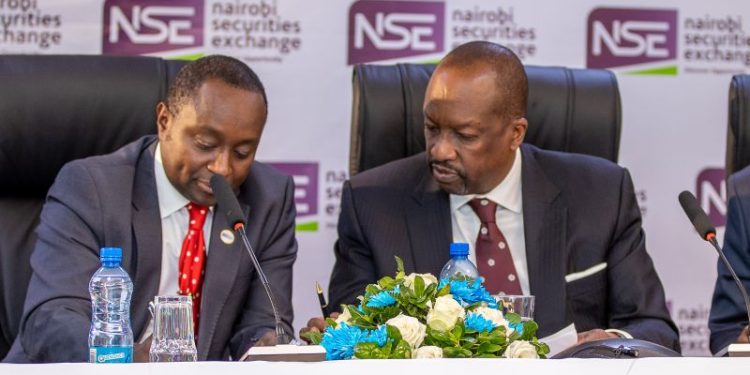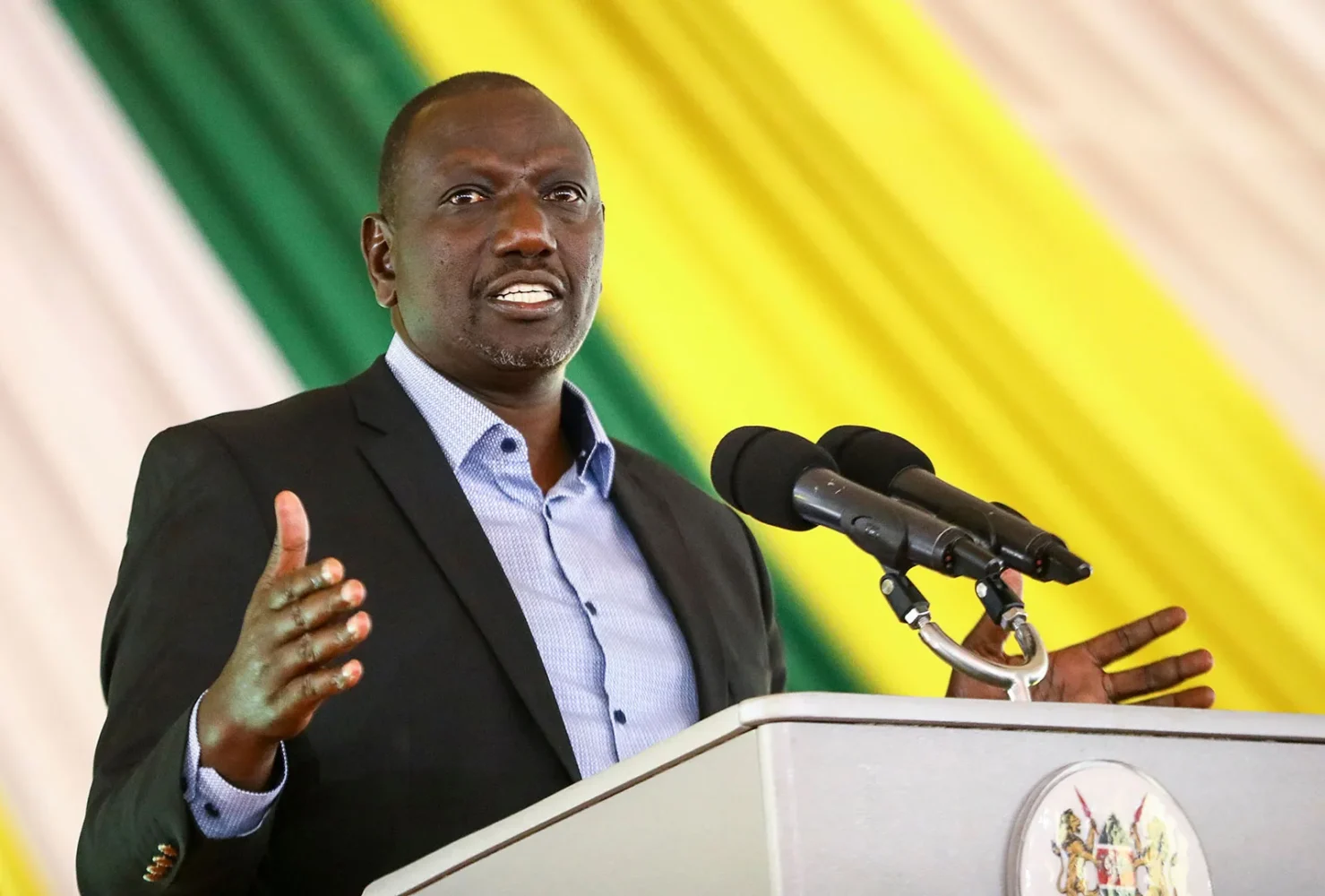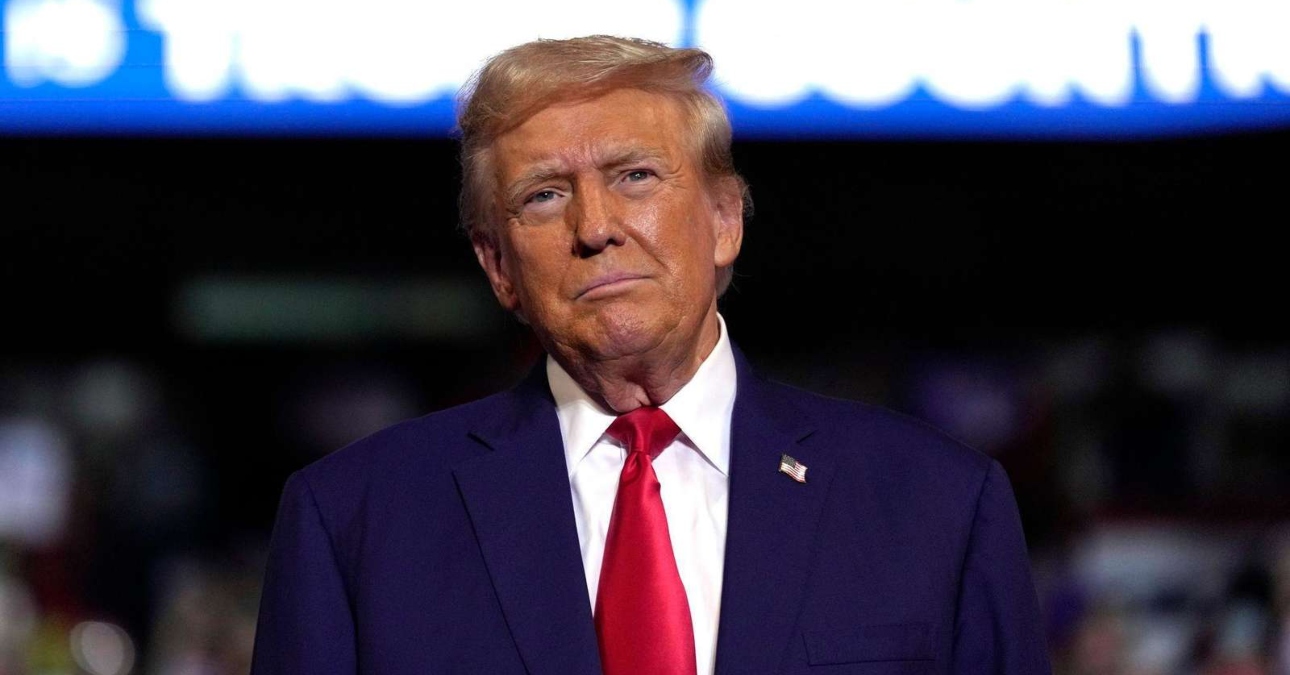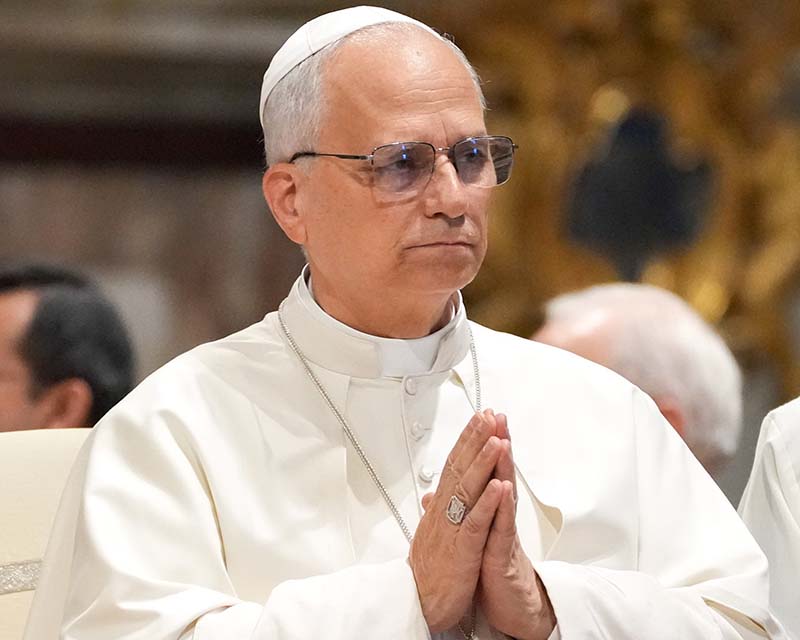You know how exchanges make money, right? They don’t bet on stocks. They don’t pick winners. They just sit in the middle, quietly collecting fees while everyone else argues about valuations and interest rates. And when markets are active and when investors are feeling good, or at least feeling something, the exchange gets paid.
That’s what happened at the Nairobi Securities Exchange in the first half of 2025. Investors rotated out of fixed income, chased equities, traded bonds, and the NSE collected its levies. Profit after tax rose 177%, which is the kind of number that makes you wonder if someone accidentally included Q3.
But no, it’s real. The equity market rallied, the bond market exploded, and the Exchange itself became one of the best-performing stocks on the board. There were new listings, new instruments, and even a presidential cameo. It was, by all accounts, a good six months to be the NSE.
A Market Rebound Rooted in Fundamentals
The Nairobi Securities Exchange reported a profit after tax of Kshs. 151.6 million for the first half of 2025, a 177% increase from the Kshs. 54.7 million posted in the same period last year. This performance was driven by a combination of increased market activity, favorable macroeconomic conditions, and disciplined cost management.
Revenue Growth at the NSE
Equity transaction levies rose 18% to Kshs. 133.8 million, reflecting improved investor sentiment and a shift in capital allocation toward equities. The lower interest rate environment incentivized investors to exit fixed income positions and re-enter the equity market, driving up turnover and valuations.
Bond transaction levies jumped 78% to Kshs. 153 million. The government kept reopening existing bonds, and investors kept trading them. Why? Because older bonds had higher yields, and in a low-rate environment, that’s what people want. So they traded. A lot.
Bond turnover hit Kshs. 1.3 trillion, crossing the trillion-shilling mark for the first time in a six-month period. That’s a big number. But again, the Exchange didn’t have to do much. It just had to be there.
Cost Management
While revenue surged, expenses fell. Total expenses declined by 8.7% to Kshs. 309.9 million, driven by cost-saving initiatives implemented in 2024 and the strengthening of the Kenya shilling, which reduced foreign currency-denominated costs.
The Exchange’s ability to contain costs while scaling revenue reflects a maturing operational model. Exchanges don’t have factories or inventory. Their margins are mostly a function of how many people trade and how little they spend keeping the lights on. So when revenue goes up and costs go down, it’s not just good but efficient. And efficiency, in this business, is basically strategy.
NSE’s Market Performance
Equity turnover increased by 18% to Kshs. 56 billion, while benchmark indices posted strong gains:
- NSE All Share Index rose 22.41% to 153.43
- NSE 20 Share Index gained 18.54% to 2,440.26
- NSE 10 and NSE 25 indices increased by 14.28% and 13.89%, respectively
These gains suggest a broad-based recovery, with investor confidence extending across large-cap, mid-cap, and diversified portfolios.
Listings: ETFs, SMEs, and a Presidential Blessing
Two new equity listings graced the Exchange: the Satrix MSCI World Equity Feeder ETF (a Johannesburg import with global flair) and Shri Krishana Overseas Limited, a packaging firm that squeezed its way onto the SME segment.
Both listings indicate that the NSE is trying to be more than a venue for domestic trading. It wants to be a platform where global capital can show up, click a few buttons, and deploy.
Then came the Linzi 003 Infrastructure Asset Backed Security. Valued at Kshs. 44.9 billion and officiated by president William Ruto, the listing signals a strategic pivot toward more complex financial instruments and a deepening of the capital markets.
Investor Confidence
The NSE’s own share price rose by 50.33%, from Kshs. 6.00 to Kshs. 9.02. This performance reflects investor confidence in the Exchange’s strategic direction and its ability to execute reforms that enhance market depth and liquidity.
Conclusion
The first half of 2025 was a time when the Nairobi Securities Exchange seemed to behave like a market is supposed to behave. Listings went up, liquidity improved, and the Exchange’s own stock rallied because apparently you can buy the market, and the market will thank you by going up. It was all very logical, which is suspicious.
Investors liked reforms, or maybe they liked the idea of liking reforms. Either way, prices moved in the right direction, which is comforting. But markets don’t exist to comfort you. They exist to confuse you, occasionally reward you, and always remind you that rationality is optional. So yes, the market made sense…for now.












